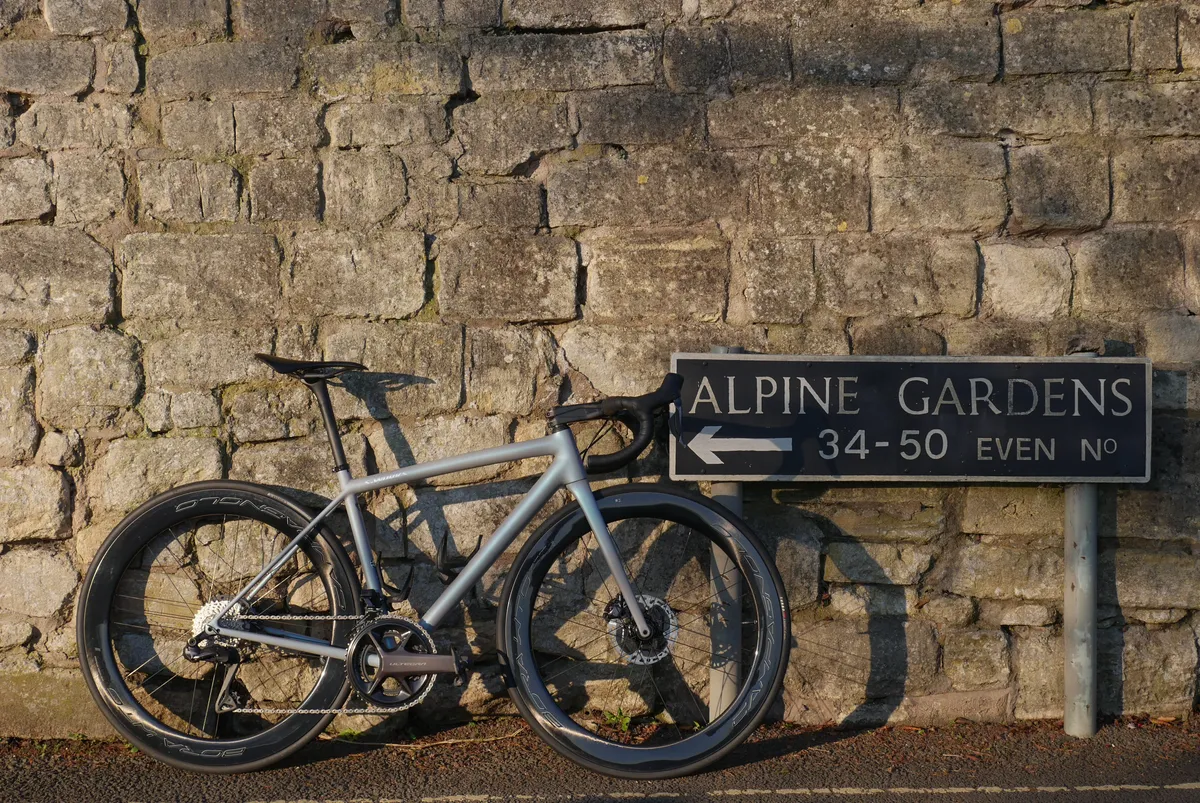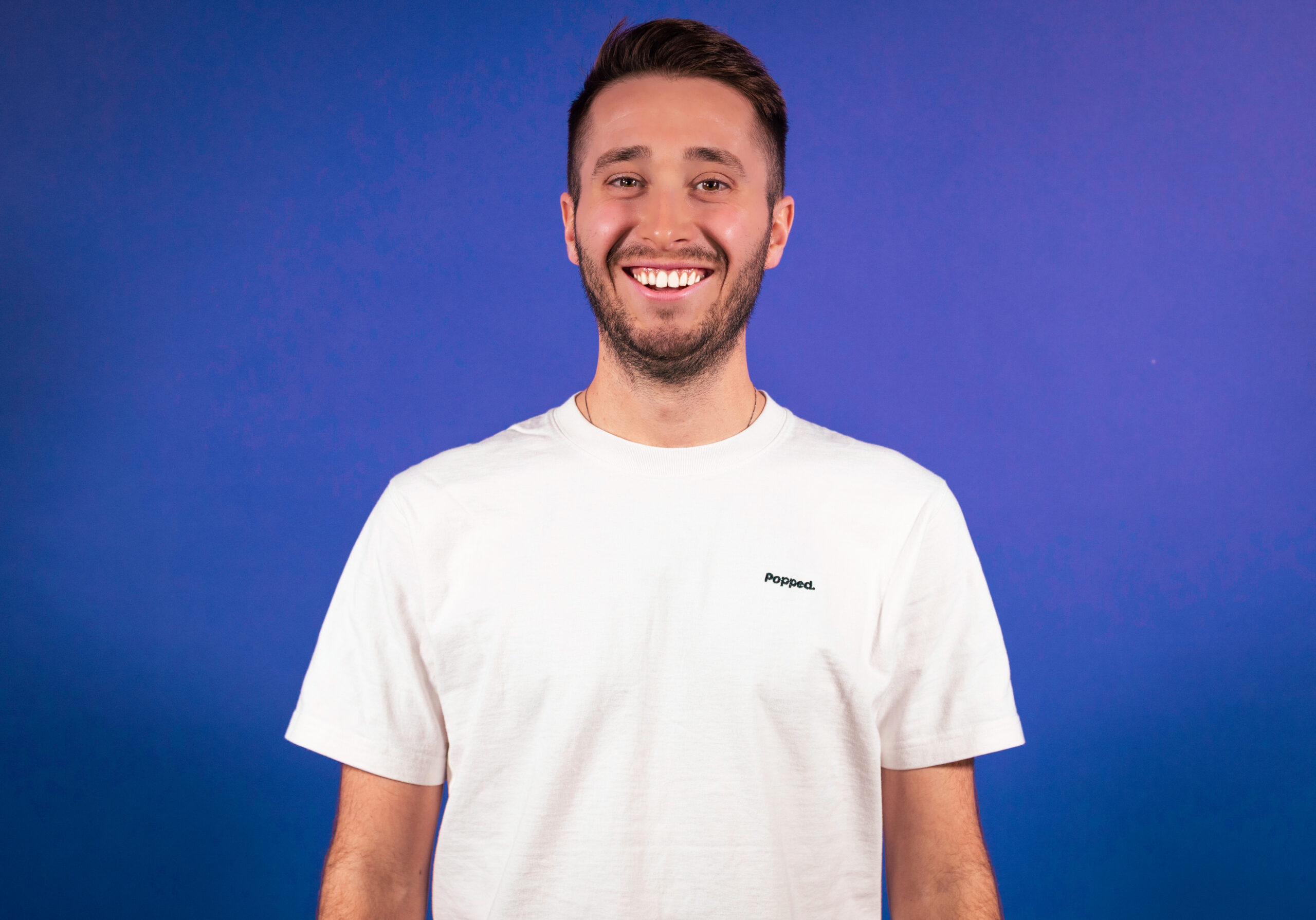The Tour de France is home to a feast of shiny bikes to drool over. However, in recent times, bikes have been funnelled away from distinct climbing and aero bikes towards the 'one bike to do it all'.
At best, we can expect an aero-optimised lightweight bike and an aero bike that’s been on a diet.
Silhouette the bikes of the Tour de France and you’d do well to tell most of them apart. Trek’s Madone SLR is notable for its IsoFlow (the big hole in the seat tube) and you might be able to pick out the Speed Sniffer of Specialized’s Tarmac SL8.
But the rest seem to be cut from the same carbon cloth, with more brands slimming their road-race offerings into one quite aero and quite light model.
Not only is this rather dull, it affords you, me and every other road rider less choice come the most special day of anyone’s life – new bike day.

There are several reasons why many brands focus their attention on one model.
Before we dissect them, I will caveat my argument with the admission that some brands, such as Cervélo, continue to produce both lightweight and aero race bike options.

Others, such as Specialized, cater for riders like me who care not for aero, producing round-tube road bikes such as the Aethos.
My worry, though, is that if we carry on this path of brands merging everything into one all-rounder bike, we’ll lose the ability to pick a bike that truly matches our own unique tastes.
Variety is the spice of life, after all.
Fast and light sells

Take a look at raw sales figures – which few, if any, brands ever let us do – and I’d imagine you’d find the bikes claimed to be both fast and lightweight are the ones that sell the best.
It’s just a hunch, but given more brands are producing only one sporty road bike model these days, I’d say it’s a fairly solid one.
Naturally, people want more for their money, so the promise of a bike that’s amazing at everything is an appealing one.
My issue with the one-bike-that-does-it-all approach comes when you move away from top-end models.
A top-tier Canyon Ultimate CFR, for example, with Dura-Ace Di2, costs £9,299 and weighs 6.64kg. The far more affordable, but still far from cheap, Ultimate CF SL 7 with 105 Di2 costs £4,399 and weighs 7.88kg.
This shows the bike that most of us can afford to buy might not deliver on the fast and lightweight promise anyway.

Disappointingly, you don’t have to look back many years to find fantastic road bikes at a fraction of the cost. My Rose Xeon RS, purchased in 2016 for a (significant to me) sum of £1,800, weighed a mere 7.1kg in a size 52cm.
I’ll admit I prefer the performance of hydraulic disc brakes and electronic groupsets, and today’s Ultimate is surely a little faster in the wind tunnel thanks to its aero-optimised tube shapes. However, the Rose nevertheless served me perfectly well for road racing and general riding.
So, unless you have deep pockets, I’m afraid the bike industry’s promise of utopia is simply a mirage for most of us.
Round tubes won’t be raced

As much as I love the Aethos that I now own and use for recreational spins and group rides, I know the only time it’ll be raced in the Tour de France has passed.
2021 saw Deceuninck–Quick-Step’s Kasper Asgreen use the bike for the race’s mountain stages. But the big Dane isn’t built for long climbs and so the Aethos never saw the front of the race.
It took me two seconds to make peace with my bike never being a pro-peloton winner. But, for other riders, having a bike that's raced at the Tour de France is a genuine pull.
Given that pro racers, who do so much to heighten the appeal of road race bikes, will always look to an aero option, round-tube bikes simply don’t make sense for brands.
As a result, round-tube, lightweight road bikes are becoming a less common sight each year.
Brands have little incentive to go lighter
Part of the problem for the classic climbing bike is that brands just don’t need to make their road race bikes much lighter these days. If their lightweight aero racer tips the scales at, or just above, 6.8kg, that’s good enough.
The issue lies in the UCI’s pesky minimum bike weight limit, which stipulates that a road bike cannot weigh less than 6.8kg when in a race-ready state.
Introduced with good intentions of improving safety in the early days of lightweight carbon frames and components, this outdated rule needs revision. For the sake of this argument, this is primarily to encourage brands to push their bike weights lower.
This, I believe, would lead to the rebirth of distinct lightweight and aero categories once again, with the result being more choice for us, the customers.
Turbulent times

Aside from simply targeting what they think riders want, it’s also worth acknowledging these are tough times for the bike industry and some brands are cutting the number of models they produce for financial reasons.
In the post-pandemic slump, analysts have suggested excess stock is pervading the industry at a time when everyday riders are also feeling the pinch.
Trek, for example, recently announced it is aiming to reduce SKUs (stock keeping units – used by brands to keep track of their inventory) by 40 per cent by 2026.
The Trek Madone and Émonda were merged recently into a single, all-rounder platform and the Émonda discontinued.
Is the lack of a new Specialized S-Works Venge or an updated Cannondale SystemSix further evidence of road cycling’s major brands looking to keep their finances in check?
Sadly, I suspect so.
Perhaps when the tide begins to turn and the bike industry gets back on its feet, we’ll be able to return to having more distinct choices and fewer identikit bikes that don’t excite anyone.
